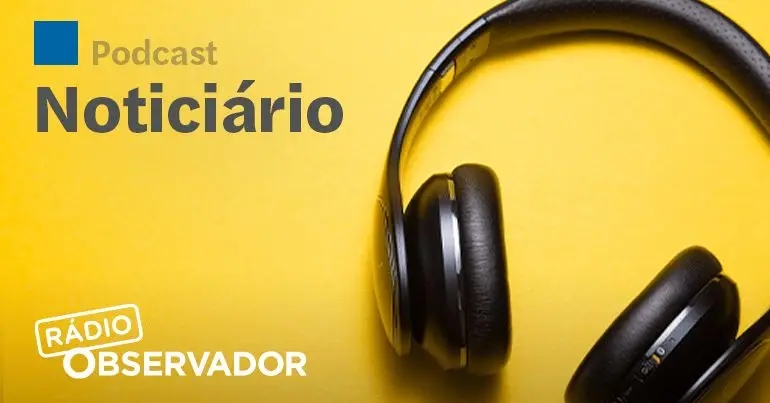Brazilian wine consumption is on the rise. Good news for small wineries and wine tourism

Wine is the second most consumed alcoholic beverage by Brazilians. According to the Market Study by the MDA Pesquisa Institute, in partnership with Sebrae and the Institute of Management, Planning and Development of Viticulture of the State of Rio Grande do Sul-Consevitis, 70% of respondents said they had consumed Brazilian wine in the last six months and 68.5% made some purchase during that period , especially women with higher education and income, and residents in the South and Southeast regions. The data demonstrate a potential market for small wineries and wine tourism.
With the aim of strengthening the wine chain, largely made up of small family businesses, Sebrae has been working with Consevitis and one of the important actions is the Image Project, structured on the pillars of qualification, market intelligence and promotion to increase the consumption of Brazilian wine and position wine tourism as an experience of cultural and economic value.

The initiative is present in seven strategic states — Rio Grande do Sul, Santa Catarina, Paraná, São Paulo, Minas Gerais, Bahia and Rio de Janeiro. Its purpose is to increase per capita wine consumption, highlighting the quality of national labels and strengthening their positive image. In addition, it seeks to boost sales in the domestic market and foster entrepreneurship in the wine sector.
For that, the action brings together journalists and influencers specialized in tourism, gastronomy and culture for an immersion in the wine routes in these locations , with the aim of increasing the visibility of wine tourism in Brazil, promoting local production and boosting small businesses in the region. The program includes visits to wineries, wine tourism experiences, meetings with local entrepreneurs and moments of connection with the identity of the region.
The project represents a great opportunity for small businesses in the sector, as it stimulates entrepreneurship and contributes to regional development. By attracting an ever-increasing public to wineries, it promotes increased consumption and strengthens the local economy.
Carmen Sousa, analyst at the Competitiveness Unit.
“The most important thing is to guarantee dignity, income for rural producers and inclusion for entrepreneurs who, often, have never had access to market strategies, but who offer excellent quality products and still face challenges to expand their sales,” comments the analyst of the Competitiveness Unit – Agribusiness Center and responsible for the Wine segment of Sebrae Nacional, Carmen Sousa.

Research data
- Despite beer being the leader as the preferred alcoholic drink (54%), wine comes in second place, with 33% of respondents' preference;
- Among the participants, 68.5% stated that they had purchased at least one bottle of wine in the last three months. Within this group, it is worth noting that 52% consume wine daily or weekly, with a predominance among women, people between 35 and 44 years old, residents of the South and Southeast regions, with higher education and income;
- Red wine is by far the most consumed (80%), followed by white (9%) and rosé (7%);
- The main purchasing channels are supermarkets (89%), followed by emporiums (40%) and online shopping (27%). The criteria that influence the choice of location include price (29%), ease of purchase (28%) and variety of options (27%);
- The average price paid per bottle is R$66.30;
- Among the challenges to increasing wine consumption, 52% cite price;
- Regardless of the frequency of consumption, Brazilian wine maintains a solid presence: 70% of those interviewed said they had consumed national wine in the last six months and 66% made some purchase during that period.
agenciasebrae





